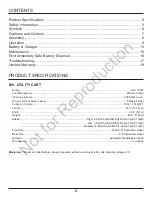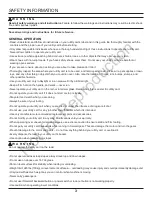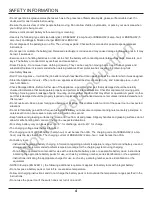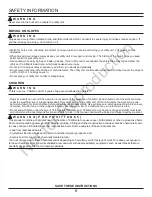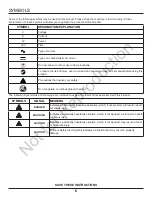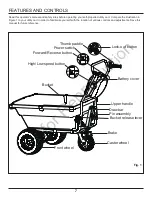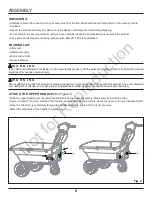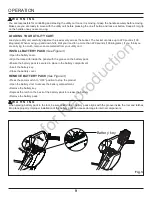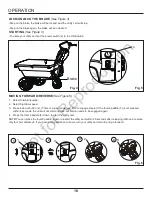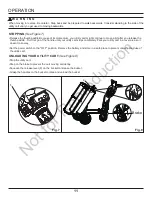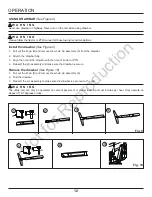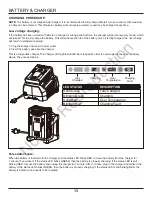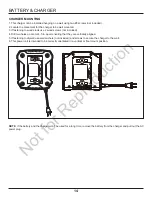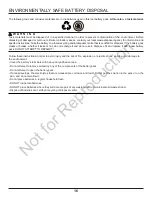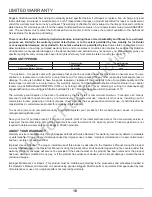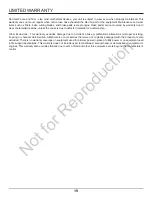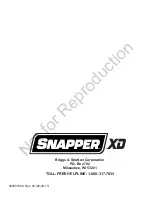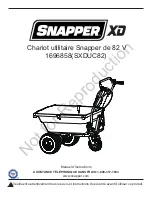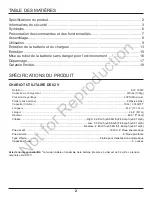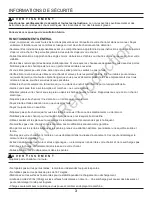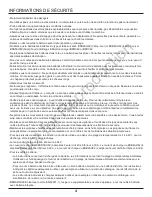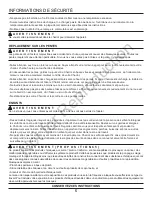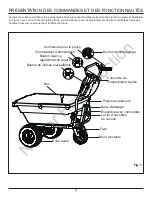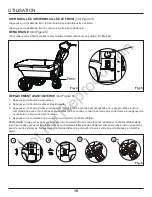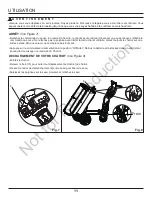
16
ENVIRONMENTALLY SAFE BATTERY DISPOSAL
The following toxic and corrosive materials are in the batteries used in this tool battery pack:
Lithium-Ion, a toxic material.
W A R N I N G
Toxic materials must be disposed of in a specified manner in order to prevent contamination of the environment. Before
disposing of damaged or worn out Lithium-Ion battery packs, contact your local waste disposal agency for information and
specific instructions. Take the battery to a local recycling and/or disposal centre that is certified for disposal. If the battery pack
cracks or breaks, whether it leaks or not, do not recharge it and do not use it. Dispose of it and replace it with a new battery
pack. DO NOT ATTEMPT TO REPAIR IT!
Follow these instructions in order to avoid injury and the risk of fire, explosion, or electric shock, and to avoid damage to
the environment:
• Cover the battery's terminals with heavy-duty adhesive tape.
• Do not attempt to remove or destroy any of the components of the battery pack.
• Do not attempt to open the battery pack.
• If a leak develops, the electrolytes that are released are corrosive and toxic. Do not get the solution in the eyes or on the
skin, and do not swallow it.
• Do not place batteries in regular household trash.
• DO NOT incinerate batteries.
•
DO NOT place batteries where they will become part of any waste landfill or municipal solid waste stream.
•
Dispose of batteries at a certified recycling or disposal center.
Not
for
Reproduction

